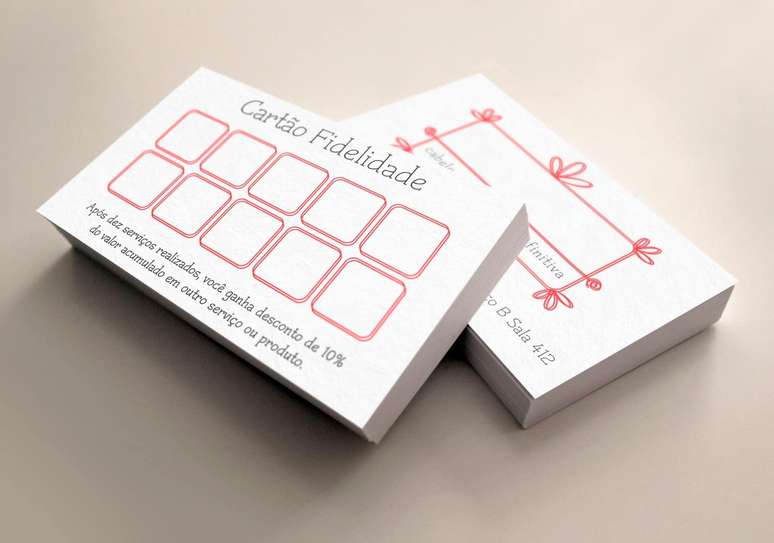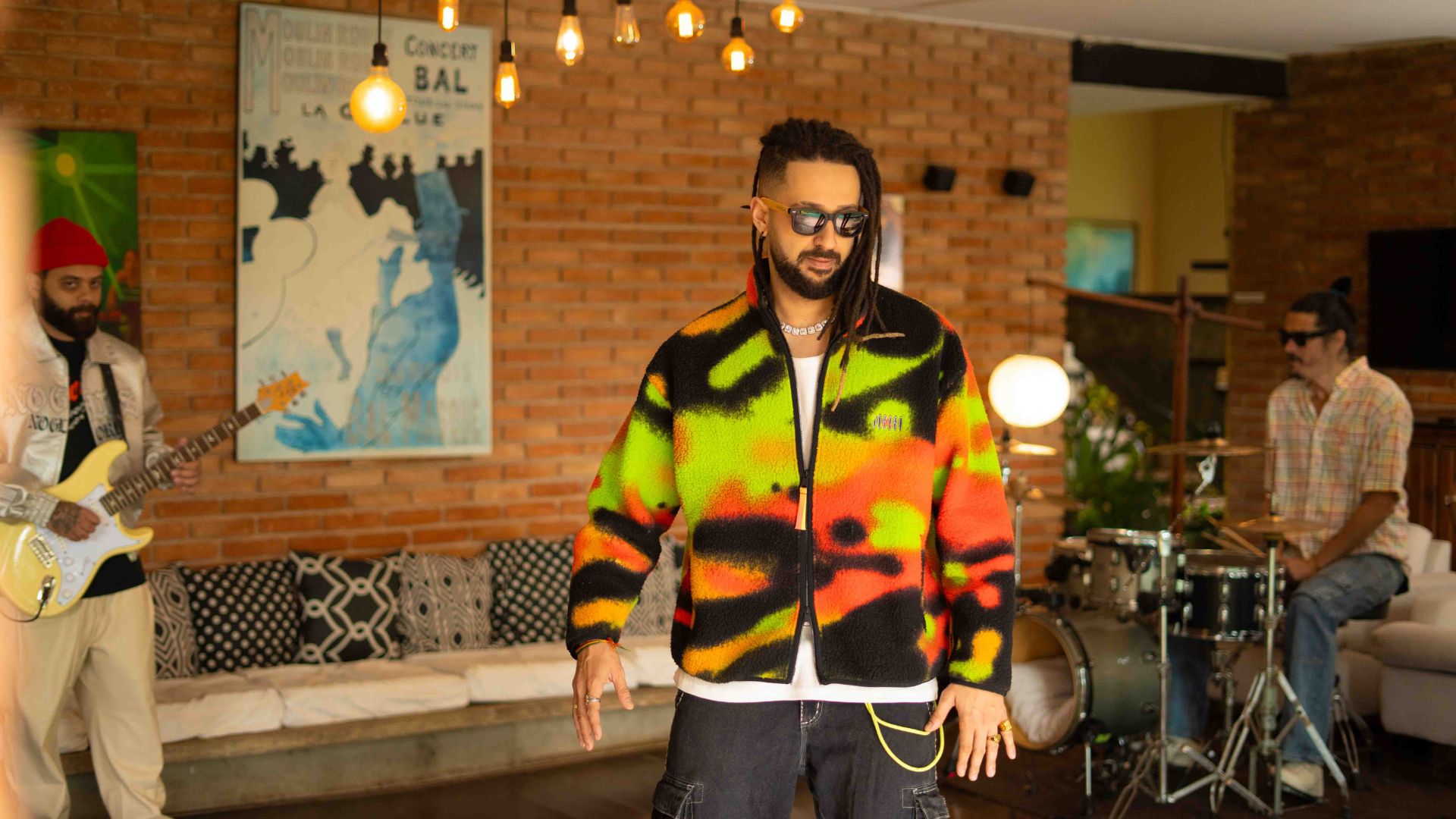Summary
Gamification is a powerful strategy used by companies to engage consumers in different ways.
Have you ever found yourself going to the same coffee shop to secure that tenth stamp and get a free cappuccino? Or maybe you opened the shopping app just to see if you’ve earned a new loyalty badge? Congratulations, you’re playing and you’re not alone. Gamification is one of the most powerful strategies companies use to engage consumers, often in ways we don’t even realize.
Let’s explore some examples and understand how this technique influences our daily behavior.
Free coffee – not so free
The classic example of gamification is the bar loyalty card. Buy nine drinks and get the tenth free. This system doesn’t just aim to reward loyalty, but relies on our psychology to keep us coming back. The promise of “free” activates the brain’s reward center, making coffee seem more valuable than it actually is.
This psychological effect is what motivates so many people to keep coming back, even if the discount, in practice, is small compared to the total amount spent.
Discounts, rewards and the power of competition
Another interesting case comes from the supermarket sector. Chains implement points programs that accumulate with each purchase and can be exchanged for discounts on products or services. Gamification occurs when, in addition to accumulating points, the customer is challenged to achieve certain objectives to receive “bonuses”. For example, spending a specific amount on healthy products can bring an additional reward, encouraging not only more purchases but also specific behaviors.
Apps like Nike Run Club use challenges and achievements to encourage users to run more. More than just tracking, the app creates a sense of community and competition by placing users in leaderboards and offering virtual rewards. This approach not only promotes the brand, but also generates emotional engagement: when you reach a goal, you’ll likely consider purchasing a new running shoe to stay competitive.
Gamification isn’t just about consumption. In the corporate context, many companies use these strategies to motivate employees and increase productivity, using “badges” and rewards for goals achieved. This turns work into a game, where every result achieved is celebrated, encouraging commitment. However, caution is needed so that the pressure to “win” does not translate into anxiety or excessive competition, maintaining a healthy and collaborative environment.
The rule is clear, but you have to know it
Examples demonstrate that gamification can be powerful and beneficial, making everyday actions more enjoyable and helping to improve habits. However, it is important to remember that, behind every system, there are strategies to maintain engagement.
Understanding how it affects us is essential to being more aware consumers and professionals. If we want to play, it’s best to know the rules and who can really win.
Danilo Parise is CEO and co-founder ofLudos Pro
gamified learning management platform.
Source: Terra
Rose James is a Gossipify movie and series reviewer known for her in-depth analysis and unique perspective on the latest releases. With a background in film studies, she provides engaging and informative reviews, and keeps readers up to date with industry trends and emerging talents.







